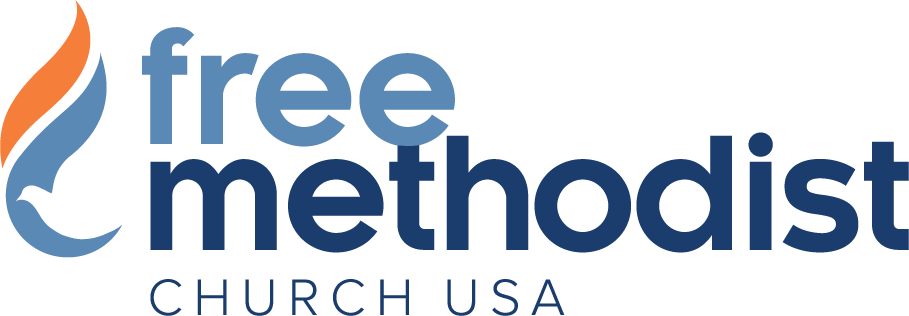FAQs
Questions? We’ve got answers! We’ve provided a list of our most Frequently Asked Questions that you can read through (top to bottom for most of us, or for those Jeopardy enthusiasts, read them from bottom to top) to hopefully answer most common questions. But, feel free to click here to ask us a question that’s not included in the list below.
What is the difference between an accrued benefit to date and a projected benefit at age 67?
An accrued benefit to date is the total benefit you have currently established that would be paid at age 67 if you would terminate employment at this time. The projected benefit at age 67 is based on you continuing to work until age 67.
What exactly does “vesting” mean?
Vesting is based on the years of service. A year of service is any complete 12-month period during which employment is continuous. A pension plan participant must have at least five complete years of service before being eligible to receive pension benefits upon retirement. After five years, a participant would then be eligible to receive 50 percent of the accrued benefit at age 67. For each year after five, the participant will receive 10 percent more of the accrued benefit, until the individual completes 10 years of service, at which time they will be 100 percent vested and will receive their entire benefit upon retirement. Please note that if a participant dies or becomes disabled while still employed, they will be fully vested even if they have not served 10 full years. In addition, if a participant reaches the age of 67 and has at least five years of credited service, they become fully vested. A vested benefit is that portion of an accrued benefit to which a participant has a non-forfeitable right.
What does “life expectancy” mean?
Life expectancy is an estimate of the length of time a participant is expected to receive his retirement benefit. This estimate is figured by using life expectancy tables formulated by actuaries.
On my pension statement, I noticed the term “accrued benefit.” What does this mean?
“Accrued benefit” refers to your benefit earned to date that you would receive upon retirement if you were to terminate employment now. Keep in mind that, according to our vesting schedule, you must have completed at least five years of service in order to be eligible for any benefit upon retirement – with five years of service, you would receive 50% of your accrued benefit. That percentage goes up 10% for each year past five years that you serve, so that participants are fully vested at the completion of 10 years of service.
How early can participants retire?
Our plan considers normal retirement at age 67. Participants in our plan can retire as early as age 62 if they have ten or more years of service in.
Will a participants’ retirement benefit really be a lot less if they take an early retirement benefit?
Early retirement does result in a lower monthly benefit, but the benefit is spread out, therefore covering a longer period of time. The early retirement benefit will be equal to the accrued benefit at age 67 reduced by 1/180 for each month that the benefit begins prior to age 67. It depends on how the numbers work out as to whether it would be considered a lot less.
How does a participant know if taking an early retirement benefit is right for them?
Each individual must answer this question based on his or her specific income needs. The first thing to do is to request an early and normal retirement estimate from the Human Resources office by providing the dates you might want to start your benefit. These estimates will show the different benefit amounts based on the dates you provide.
How are plan funds invested?
FM Financial manages the plan dollars and is under the authority of the Benefits Committee and the Board of Administration, who is the Pension Board. The funds are invested in corporate and government bonds, real estate, stock, CDs, and mutual funds. A documented investment philosophy that was determined by the FM Financial and the Benefits Committee, and approved by the Pension Board, governs the percentages of how the funds may be invested into the different types of investments. Risk levels vary between the Defined Benefit and Defined Contribution plan. A more conservative approach is used for the older Defined Contribution plan due to the age of the participants.
